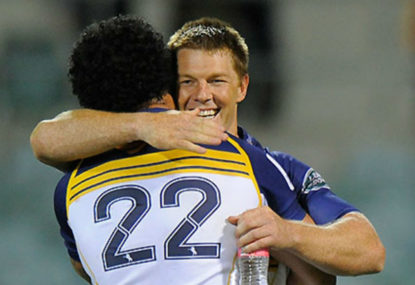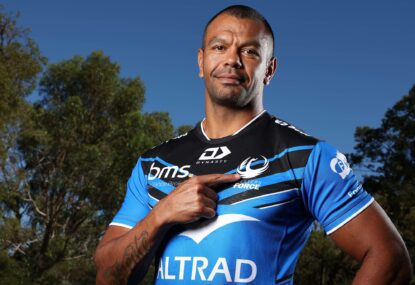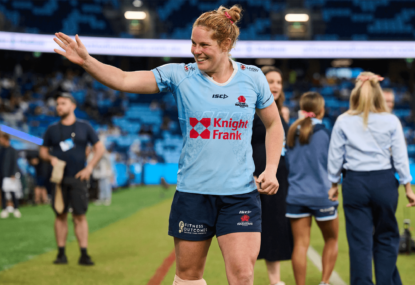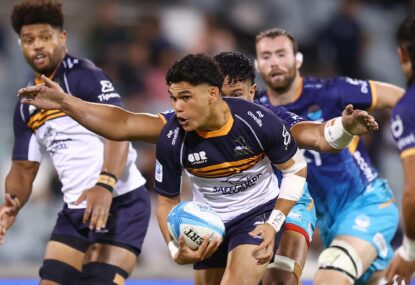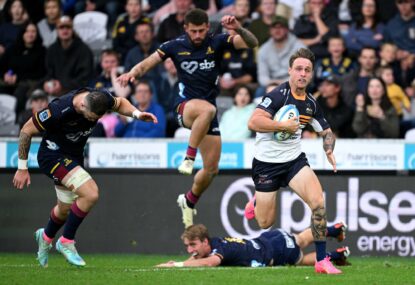As the boundaries of technology continue to expand into the future, the impacts have been felt in nearly every aspect of life, and sport has been no different.
In every sport in Australia, you can see players wearing tracking vests, monitors and various other bits and pieces, all for the purpose of gaining the greatest possible advantage on the field.
Gone are the days where Shane Warne would sit in the dressing room with a tin of beans and cigarette before heading out to bat or take the field, now players have a personalised training and diet regime heavily emplaced.
Technology is tracking every inch of every muscle movement throughout every training session and every game, creating a statistical mountain of data on any given athlete.
There’s more video, more access, more information, more stats, more of everything in this modern age of technology.
But it wasn’t always this way.
Former Wallaby Clyde Rathbone enjoyed a long and impressive career at the top level of rugby, having made his Super 12 debut back in 2002 in a brief foray with the Sharks before heading to the Brumbies the following season.
Following his initial retirement at the young age of 28, it was his return to the Brumbies in 2013 that really opened his eyes to how quickly sport was moving towards technology, making an interesting observation on the sheer jump over ten years.
“In comparing my first experience with the Brumbies and Wallabies, like a day in the life of a professional athlete, when I first arrived in 2002, there were maybe a few field sessions and a weight session… nothing was quantified, very little was measured,” he said.
“You had no way of gauging those sessions or being able to quantify anything.”
“When I returned to the game in 2013, the transformation in how much structure and technology had filtered down into rugby was just massive.”
Rathbone even revealed that players had to bring a urine sample to training with them each morning, and by the time they had their dietitian-approved breakfast, trainers would already have the information needed to customise the days training program around them.
“You would bring in your urine sample that would test your hydration levels.”
“You’d sit down at a laptop and fill out 30 or 40 questions,” Rathbone said about the strict regime of training.
“They were really trying to gauge how you were feeling physically, so it was an initial screen for the physios to look at before you actually went out and trained.”
He also spoke of team meetings and player statistical data analysis before even leaving the sheds.
So when he began playing, he would rock up to training, run out and do some field sessions.
Now, before you can even take the field to train, you must have a urine test, fill out a questionnaire, have a specifically prepared breakfast, do video analysis and have your fitness data readings analysed.
“The other thing that really struck me about coming back was just how measured all the training sessions were.”
“Every time you went out onto the field you wore a gps monitor, which tracked the top speed, your average speed, the g-forces generated, the impacts, the collisions.”
“What was really interesting in how that actually affected team culture was, you’d come into the sheds after the training session and within 20 minutes of finishing, all the results would be up on the wall.”
“You could see that there was nowhere to hide anymore.”
Is technology overbearing athletes? Is there ever going to be a limit on how far coaches and teams will go to get the absolute facts and stats?
There are stark, and slightly alarming, contrasts in how not only the game of rugby has been played, but all sports have been changed in the last 10-15 years.
There’s always going to be the next best thing and sport will continue to evolve around that in search of a greater edge over the competition.





























































































